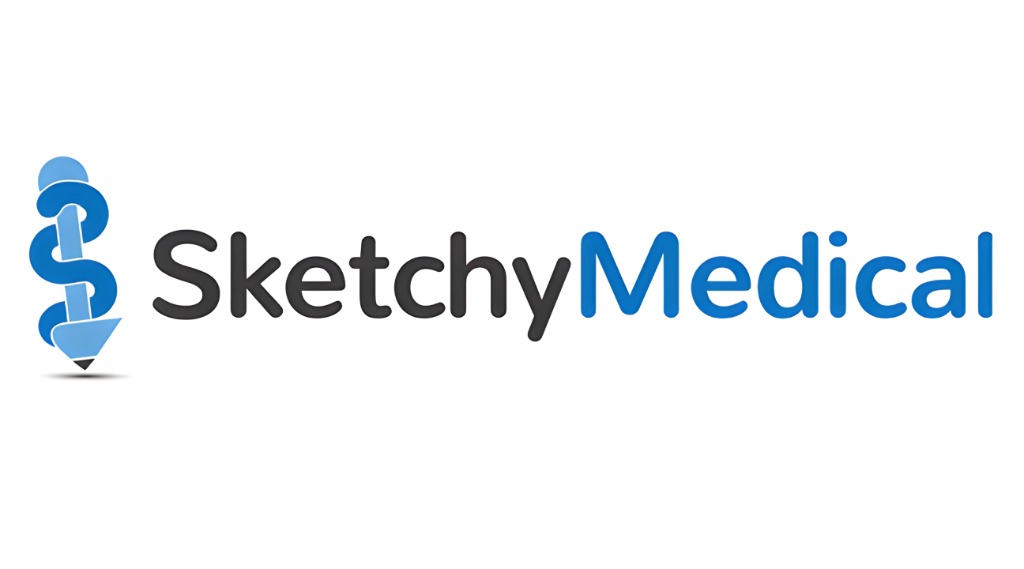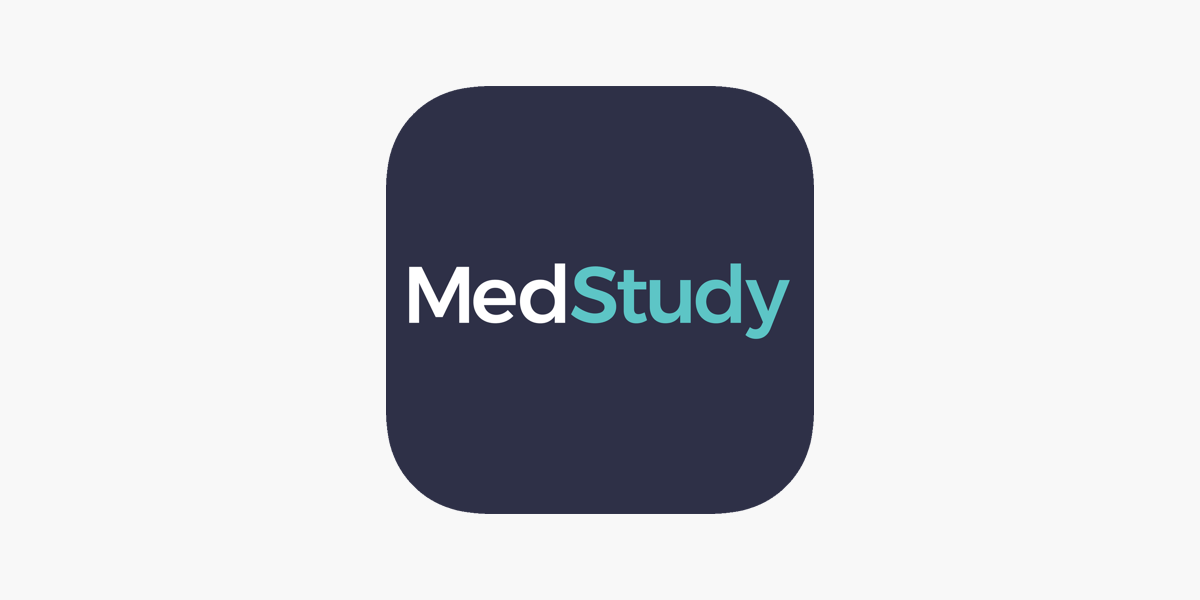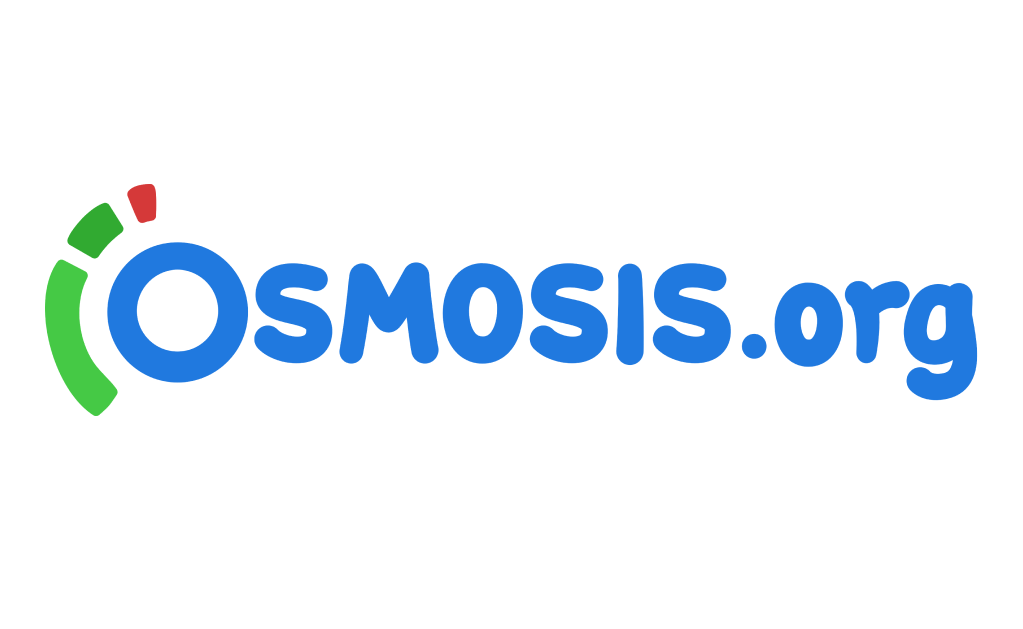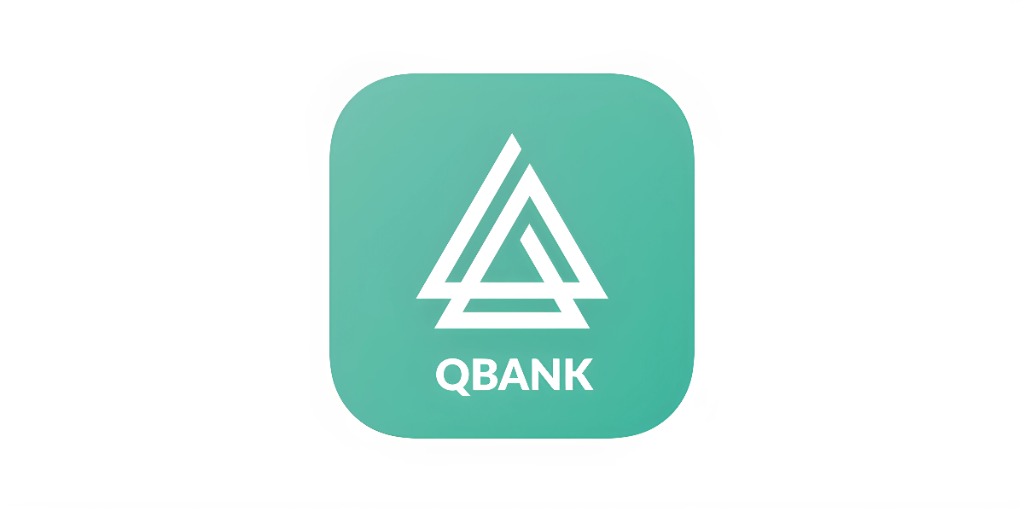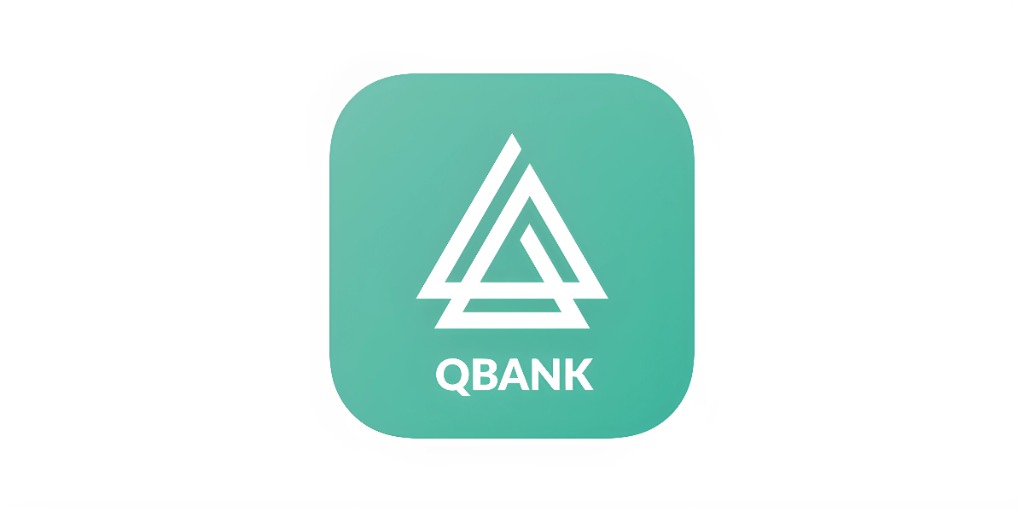UWORLD QBANK USMLE STEP 2 CK 2022 TOPICS
Allergy & Immunology (32 Q&A)
1. Anaphylaxis and allergic reactions (8) – Questions Answers
2. Autoimmune diseases (1) – Questions & Answers
3. Immune deficiencies (19) – Questions & Answers
4. Transplant medicine (2) – Questions & Answers
5. Principles of immunology (2) – Questions & Answers
6. Miscellaneous (1) – Questions & Answers
Biostatistics & Epidemiology (143 Q&A)
1. Epidemiology and population health (5) – Questions Answers
2. Measures and distribution of data (1) – Questions & Answers
3. Probability and principles of testing (12) – Questions & Answers
4. Study design and interpretation (20) – Questions & Answers
Cardiovascular System (307 Q&A)
1. Aortic and peripheral artery diseases (32) – Questions Answers
2. Cardiac arrhythmias and syncope (48) – Questions & Answers
3. Congenital heart disease (23) – Questions & Answers
4. Coronary heart disease (46) – Questions & Answers
5. Heart failure and shock (29) – Questions & Answers
6. Hypertension (20) – Questions & Answers
7. Myopericardial diseases (39) – Questions & Answers
8. Valvular heart diseases (36) – Questions & Answers
9. Cardiovascular drugs (19) – Questions & Answers
10. Miscellaneous (15) – Questions & Answers
Endocrine, Diabetes & Metabolism (168 Q&A)
1. Normal structure and function of endocrine glands (6) – Questions Answers
2. Congenital and developmental anomalies (9)
3. Adrenal disorders (18)
4. Diabetes mellitus (31)
5. Endocrine tumors (14)
6. Hypothalamus and pituitary disorders (13)
7. Obesity and dyslipidemia (2)
8. Reproductive endocrinology (17)
9. Thyroid disorders (35)
10. Miscellaneous (23)
Female Reproductive System & Breast (233 Q&A)
1. Normal structure and function of the female reproductive system and breast (6) – Questions Answers
2. Congenital and developmental anomalies (8)
3. Breast disorders (27)
4. Genital tract tumors and tumor-like lesions (80)
5. Genitourinary tract infections (26)
6. Menstrual disorders and contraception (52)
7. Miscellaneous (34)
Gastrointestinal & Nutrition (366 Q&A)
1. Normal structure and function of the GI tract (2) – Questions Answers
2. Congenital and developmental anomalies (9)
3. Biliary tract disorders (28)
4. Gastroesophageal disorders (49)
5. Hepatic disorders (57)
6. Intestinal and colorectal disorders (106)
7. Pancreatic disorders (22)
8. Tumors of the GI tract (30)
9. Miscellaneous (29)
Hematology & Oncology (185 Q&A)
1. Hemostasis and thrombosis (31) – Questions Answers
2. Plasma cell disorders (5)
3. Platelet disorders (13)
4. Red blood cell disorders (74)
5. Transfusion medicine (12)
6. White blood cell disorders (23)
7. Principles of oncology (20)
8. Miscellaneous (7)
Infectious Diseases (272 Q&A)
1. Antimicrobial drugs (10) – Questions Answers
2. Bacterial infections (127)
3. Fungal infections (20)
4. HIV and sexually transmitted infections (31)
5. Infection control (2)
6. Parasitic and helminthic infections (21)
7. Viral infections (49)
8. Miscellaneous (12)
Nervous System (381 Q&A)
1. Normal structure and function of the nervous system (3) – Questions Answers
2. Congenital and developmental anomalies (36)
3. Cerebrovascular disease (47)
4. CNS infections (16)
5. Disorders of peripheral nerves and muscles (58)
6. Headache (24)
7. Neurodegenerative disorders and dementias (44)
8. Seizures and epilepsy16 Spinal cord disorders (38)
9. Traumatic brain injuries (27)
10. Tumors of the nervous system (12)
11. Hydrocephalus (7)
12. Anesthesia/pharmacotherapy (9)
13. Sleep disorders (5)
14. Miscellaneous (27)
Psychiatric/Behavioral & Substance Abuse (360 Q&A)
1. Normal behavior and development (13) – Questions Answers
2. Anxiety and trauma-related disorders (42)
3. Mood disorders (109)
4. Neurodevelopmental and neurocognitive disorders (32)
5. Personality, impulse control, and sexual disorders (24)
6. Psychotic disorders (49)
7. Substance use disorders (49)
8. Eating disorders (10)
9. Somatoform disorders and sleep disorders (18)
10. Miscellaneous (15)
Pulmonary & Critical Care (243 Q&A)
1. Normal pulmonary structure and function (2) – Questions Answers
2. Congenital and developmental anomalies (15)
3. Critical care and trauma medicine (55)
4. Interstitial pulmonary and other systemic disorders (19)
5. Cancer and pulmonary/mediastinal masses (18)
6. Obstructive and restrictive lung disease (39)
7. Pulmonary infections (45)
8. Pulmonary vascular and cardiopulmonary disease (30)
9. Sleep disorders (4)
10. Miscellaneous (16)
Renal, Urinary Systems & Electrolytes (200 Q&A)
1. Normal structure and function of the kidneys and urinary system (1) – Questions Answers
2. Congenital and developmental anomalies (10)
3. Acute kidney injury (29)
4. Chronic kidney disease (14)
5. Cystic kidney diseases (5)
6. Fluid, electrolytes, and acid-base (48)
7. Glomerular diseases, nephrotic/nephritic syndrome (25)
8. Neoplasms and trauma of the kidneys and urinary tract (21)
9. Nephrolithiasis, hematuria, and urinary tract obstruction (21)
10. Diabetes insipidus (2)
11. Urinary incontinence/retention, GU infection (24)
Rheumatology/Orthopedics & Sports (248 Q&A)
1. Congenital and developmental anomalies (17) – Questions Answers
2. Arthritis and spondyloarthropathies (52)
3. Autoimmune disorders and vasculitides (48)
4. Bone, joint, and soft tissue injuries and infections (83)
5. Bone tumors and tumor-like lesions (9)
6. Spinal/peripheral nerve disorders and back pain (21)
7. Metabolic bone disorders (12)
8. Miscellaneous (6)


